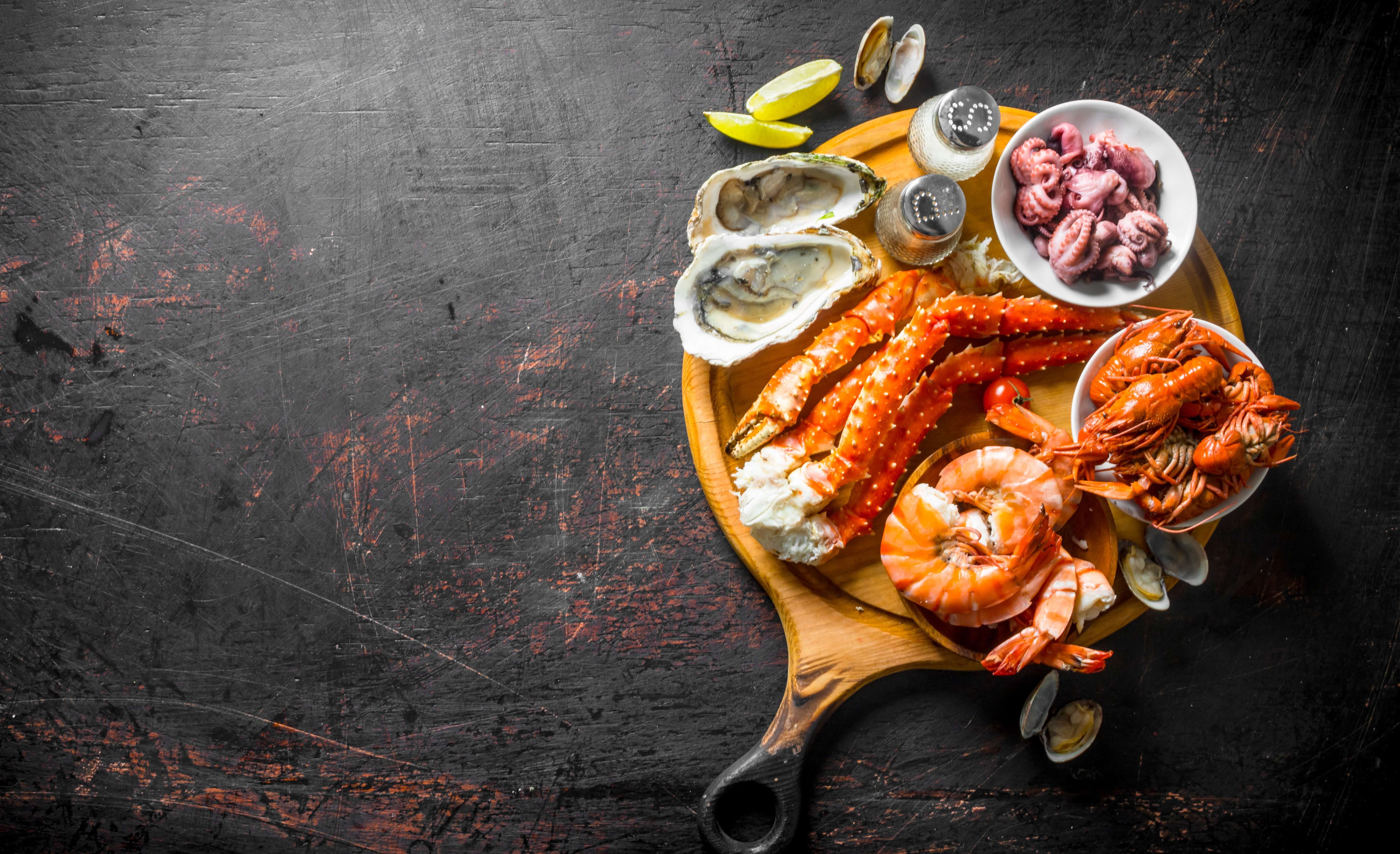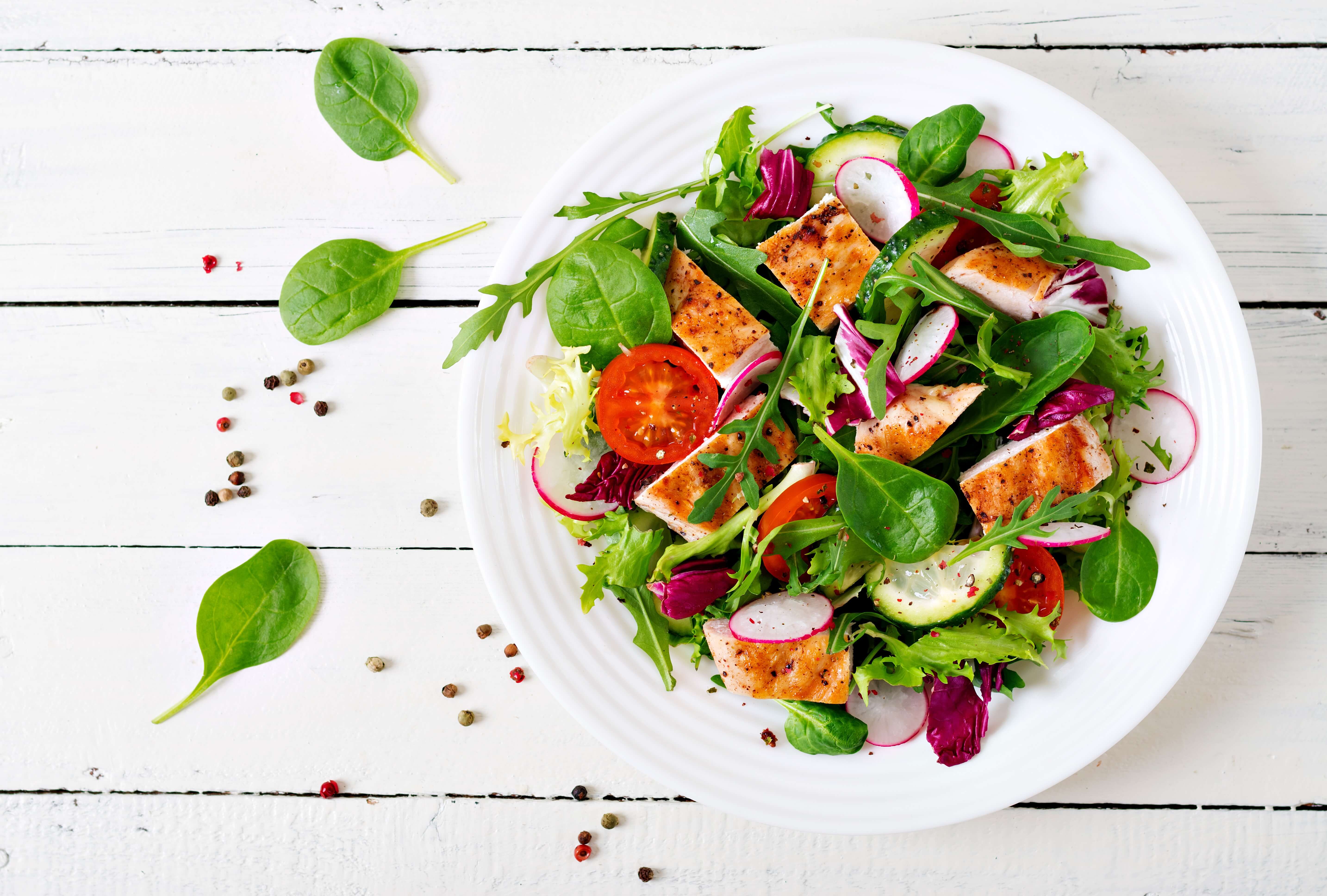Main Dishes and Meal Products
The previous claims were to label specific food items with fewer ingredients, but many consumers reach for healthy meals and healthy main dishes and these are also defined differently.
What Constitutes a Meal Replacement?
A meal product has a much larger serving size than the previous items. At 10 ounces per serving, a meal product is defined as having at least three 40-gram portions of two or more food groups.
A main dish product is at least 6 ounces per serving size and at least 40 grams of food from two or more food groups. This cannot be a beverage or dessert.
These products must meet the nutritional requirements per serving size of:
- LOW FAT: 3g or less
- LOW SATURATED FAT: 2g or less
- LOW CHOLESTEROL: 90 mg or less
- SODIUM: 600 mg or less
- NUTRIENTS: A meal product must contain 10% of RDI or DRV of 3 or more of the following nutrients while a main dish must have at least 2 nutrients meeting the 10% RDI: vitamin A, vitamin C, calcium, iron, protein and fiber
Fortification
Keep in mind, these foods must contain these nutrition guidelines without any special processing to change the nutrient composition. Fortification is an accepted method of adding proper nutrients in a product to meet the claim of a "healthy" food. If a food is fortified, it must meet the fortification policy for foods.
The Importance of Food Labels
Food claims may influence consumers to purchase a product that is labeled "healthy" so it is important to know the exact reason as to what makes a product healthy. This information can be helpful in fortification and marketing process of launching a new product as well.
Glanbia Nutritionals is committed to supporting our customers in creating healthful, nutritious and delicious products for all types of consumers. Contact us to learn more about some of the fortification solutions we can offer your development team, from micronutrients to functional protein solutions or custom premix solutions, we have what you need to develop healthy foods for the future.


